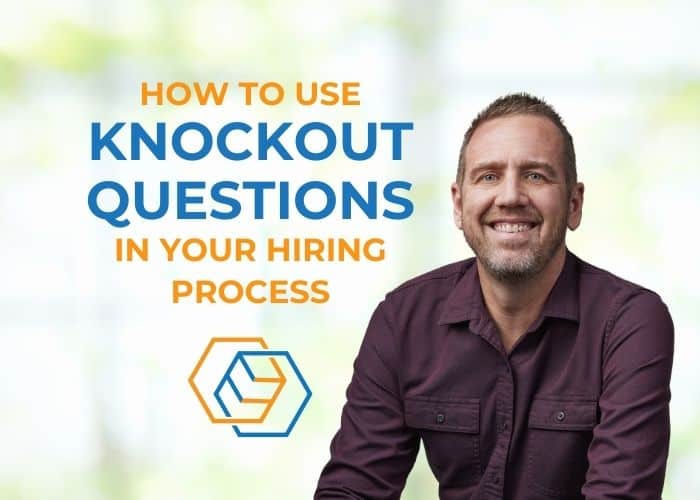5 Ways to Create an Amazing Employee Experience

“It’s how we’ve always done it,” was often heard at Big Six corporations, and it was the end of many debates. Employees were generally expected to conform to outdated workplace processes.
That’s changing.
Today’s businesses, small and large, are redefining workplace values and are redesigning corporate culture to conform to employee expectations. This revolution is called “EX,” employee experience.
Employees want to be treated as well as customers. EX encompasses the sum total of each employee’s experience with your company. From the interview through the last day with your organization, employee experience shapes your company’s reputation.
When you offer an amazing employee experience, the people you want to hire will want to be part of your business.
Create an Amazing Employee Experience
Even if your employees are mobile workers, your company has a culture; an overall “feel” within the organization. Culture is the leadership style, your employees’ sense of purpose, and every person’s attitude about your company. These contribute to the overall employee experience.
It can energize or drain us, motivate or discourage us, empower or suffocate us, according to author Jacob Morgan. “We all experience the corporate culture of our organizations every single day, whether it be positive or negative.”
1. Employees Connect with Your Core Values
Effectiveness without values is a tool without a purpose.
-Edward de Bono
Maybe it was easier when having a job was all about earning money. Today’s workforce wants an amazing employee experience – to be part of something important and valuable.
Each employee wants to feel a sense of purpose and that they’re valued for their contributions to your business. Your company’s core values aren’t just the wording in your mission statement; your core values are what drive every workplace interaction.
Core values require a bond and a sense of unity that has its roots in diversity. This means employees feel respected for their differences and each person is part of a team. Open communication and appreciation for each other’s contributions are encouraged.
Share Goals & Values
Your organization and your employees need to share the same goals to achieve an amazing employee experience. Mutual respect between employer/employee, supervisor/employee, and management/employee is necessary to support your core values.
Here are some examples of values that can connect your employees with your company:
- Advancement – Does your company have an imaginary ceiling? In some organizations, there’s a limit to how far an employee’s career can go. Unlimited advancement opportunities for employees encourage them to acquire new skills. An amazing employee experience includes access to continuing education opportunities and position promotion.
- Ethics – This is basically doing the right thing when no one’s looking. Honesty and integrity are expected from every member of your organization.
- Innovation – Your goals must extend beyond keeping up with your competition. Welcoming new ideas gives employees confidence, so encourage your teams to come up with creative solutions. Being better than your competitors gives employees a sense of pride about what they’re a part of.
- Respect – Often, high turnover in the workplace is directly related to a lack of respect. Respect can be a positive circle: management respecting employees and employees, in turn, respecting management. Lack of respect can spin that circle in another direction.
2. Listen to Your Employees
If the only feedback you get from employees is during their exit interviews, you’re doing it wrong. In order to build on your strengths and improve your employee experience, you have to be honest about your weaknesses. When you encourage employee feedback and open communication, you’ll grow as a manager and your company can profit.
To promote an honest and transparent culture, ask employees the right questions:
- How’s your (specific project) coming?
- What’s going well and what’s not working?
- What do you think the problem is?
- What do you need to reach your goal?
Questions that encourage dialogue include:
- How can I help?
- Could I have done a better job of supporting you on that last project?
- What should I do differently next time?
If you want to improve your employee experience, you have to be intentional and make time to have open conversations with your employees. Some of the employee feedback tools to help you build an open and honest culture include:
- 360-degree surveys
- Employee feedback surveys
- 1:1 face time with leadership
- Performance evaluations
- Quarterly conversations
- Team discussions
3. Set Proper Expectations
Employees won’t be as driven to meet your expectations if you haven’t met theirs. Here are some guidelines to help you set proper expectations for your team:
- Understand what you want – If you can’t explain your requirements to yourself, you can’t communicate them to your employees. “I’ll know it when I see it” is an example of an unclear expectation.
- Discuss expectations face-to-face – Whether your expectations center on a specific project or overall performance, meet in person to discuss them. Encourage employees to bring their expectations to the meeting as well.
- Put it in writing – Follow up with written communication confirming takeaways from the meeting. Ask employees to confirm or disagree.
- Follow through – Don’t make promises you can’t keep. Above all else, do what you said you were going to do and meet their expectations.
4. Motivation Without Money
Your employees want improved quality of life at home and at work. Keeping them motivated now takes more than money; it takes transparency and flexibility. Flextime, PTO, allowing them to bring their dogs to work, on-the-job lunch catering for tight turnarounds – these can go a long way to boosting morale and building employee experience. Entrepreneur’s John Rampton says, “Intrinsic motivators don’t break the bank.” Intrinsic motivators include:
- Creating a community – Take a break and hold a competition or play team building games. For example, company picnics are tried-and-true ways to encourage fellowship among your employees.
- Cultivating open-door communication – If you aren’t sure what motivations your employees would appreciate, ask. Let them know their input is valued.
- Employee autonomy, mastery, purpose – Give employees control over their work. Let them make decisions and offer “milestones.” Target times to show progress and acknowledge performance. Reinforce how their work values have benefited the company.
- Quantifying accomplishments – Sales increase, contracts won, and customer service metrics can be shared as a way of saying “thank you.”
5. Own Your Mistakes
It’s true; we learn from our mistakes. The most important lesson for employees to learn is that you also make mistakes and admit it when you do. When you have a reputation for integrity, it makes it easier for employees to come to you before a problem becomes a crisis.
The Core Matters Difference
At Core Matters, we know employees are critical to the success of your business. You invest time and money, from onboarding to training to integrating new employees into your workforce. The best way to realize your ROI (return on investment) is retention. When we help create an amazing employee experience, you can see an increase in your retention numbers. That’s the Core Matters difference. We don’t just “find” employees, we help you keep them. Let’s schedule a free consultation today.



